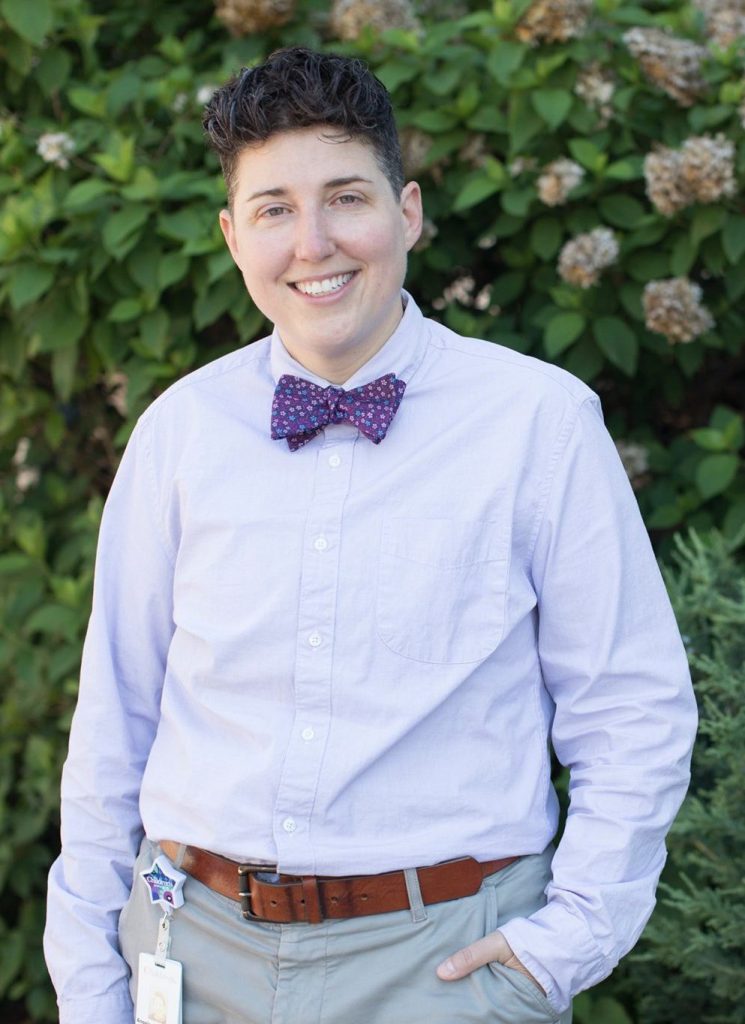
Are you wondering what you can do to make your family a safe place for your kids to show up as their authentic selves? Do you have questions about how to respond to a family or friend’s coming out process? Check out these tips and resources.
Creating a welcoming and safe environment in your home for LGBTQ family members

- Tell your kids often that you love them and are proud of them for exactly who they are.
- Make sure your kids know that your love and support of them is not dependent on who they love or their identity; you always want them to be themselves with you.
- Incorporate positive comments about LGBTQ+ people, communities and identities into regular conversations; frequent short conversations are always better with teens than a single long discussion. Example: “I heard that Elliot Page wrote a new book, have you heard about it? I think it’s brave of him to share his journey as a transgender man.”
- When asking about dating relationships, use gender neutral language: Is there anyone you have a crush on? Are you thinking about dating anyone? Do you think you’ll ask someone to the dance? When you’re ready to date, do you think you’ll date boys, girls or both?
- Do not disparage LGBTQ+ people or communities; kids are always listening and will remember off-hand comments for years.
- Provide LGBTQ+ role models through books, television, movies and other media.
Responding to a family member’s coming out process
- Respond with unconditional love and support. You don’t have to understand something completely or feel the need to ask more questions to first express, “Thank you for sharing and I love you.”
- Match their emotional energy. If they are low key in telling you, you can be low key in your response. If they come in with big emotions and feelings, then match with reassuringly big gestures and affection.
- Recognize that the disclosure is a gift and a sign of trust and keep the information private unless given permission to share with others.
- Ask how or if your child would like to tell other family members and offer to be a support in whatever way feels best.
- Do not discourage your child from sharing with particular family members; this implies their identity is shameful and something to hide. Instead, partner with your child to make a plan for disclosure and response.
- Welcome your child’s LGBTQ+ friends, get to know them, practice names and pronouns.
- Bring your family member to LGBTQ+ community events and activities that are age appropriate.
- Talk with your religious leaders about being welcoming to LGBTQ+ people.
- Use your child’s chosen name and pronouns that match their gender identity.
- Advocate for your child in their school system, particularly if they are transgender or gender diverse, to have access to the same activities (school dances), sports, bathrooms, locker rooms as their peers.
- Believe that your child can and will be a happy LGBTQ+ adult and provide them with LGBTQ+ role models.
For more information

Dr. Kade Goepferd, (they/them)
Chief education officer and medical director of the Gender Health program
Dr. Kade Goepferd, (they/them), is the chief education officer, pediatrician and medical director of the Gender Health program at Children’s Minnesota. Dr. Goepferd is an advocate for advancing equitable health care for all children – including trans and gender-diverse youth. They have been named a Top Doctor by both Minneapolis/St. Paul Magazine and Minnesota Monthly for the last several years and gave their first TED talk, “The Revolutionary Truth about Kids and Gender Identity” at TEDx Minneapolis in 2020.
Follow me on Twitter, LinkedIn and Instagram.